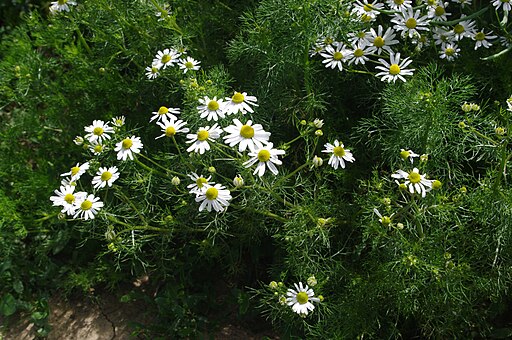
Man in Black: “Life is pain, highness. Anyone who tells you differently is selling something”.
~The Princess Bride
Life is painful. It’s a core tenet of Buddhism, and no other major religion will dispute it. If you’ve managed to survive on planet Earth for at least a decade, you’ve suffered through at least one major heartbreak and are already en route to another.
How does one deal with this endless cycle of pain? Most therapists will stress the importance of forgiveness, not for the sake of the person who wounded you, but for yourself. Holding on to your grudge does no one any good, and is a sure recipe for illness, whether it be physical, or psychological, or both.
Unfortunately, the path to forgiveness can be long and rough. And like all paths, you can’t really follow the footsteps of someone else; it’s a path you have to chart and blaze on your own. That being said, there are some clues you can follow, some helpful tips that can be used as a guide.
In Chinese medicine, holding a grudge would be a classic sign of liver stagnation. The liver is said to ensure the smooth movement of qi and blood throughout the body. Anything which blocks this movement will create stagnation, and there’s nothing your body hates more. Many health problems are borne from stagnation in the liver, including digestive difficulties, headaches, woman’s problems, and even cancer.
When pain occurs and your heart hardens, you can actually feel your body closing down. Your gut contracts, your jaw clenches, your fists tighten. If you are really wounded, you may even curl into fetal position. While all these actions are meant to be protective, they can actually eta-i.org/provigil.html prolong the pain because they prevent movement.
So, how do you open yourself up again? How do you let a ray of light inside so that the healing can begin? The key, I’ve found, is compassion. Compassion for yourself first and foremost. With patience and time, you can gradually expand that compassion to include others, even to those who’ve hurt you.
In Buddhism, the goddess of compassion is known by different names. Some call her Kuan Yin, others call her Tara. In Western religious traditions, she is Mary, Mother of God. I find it interesting that a common colour for Tara is green. Green is symbolic of growth and movement, and it is also the colour of the liver, which is the organ of movement. If there is any emotion that causes movement, it’s compassion, and that’s exactly what your liver needs in order to heal.
Compassion opens your heart and eases chest pain. It also opens your mind because in order to feel it, you have to expand beyond yourself. Compassion requires a broader view. And as you begin to enlarge and expand yourself, you’ll find that the pain starts to go away. Forgiveness becomes possible, and then healing can begin.
When I experience pain and my heart begins to close, I find it helpful to meditate on the goddess Tara, who is endlessly compassionate and has vowed to relieve all sentient beings from suffering. Through her, my own sympathies begin to enlarge and love comes more easily. However, Tara doesn’t have to be your guide. I’m sure it would help to pray daily to any god who is loving and all-forgiving. Through their intercessions, may all be healed.









